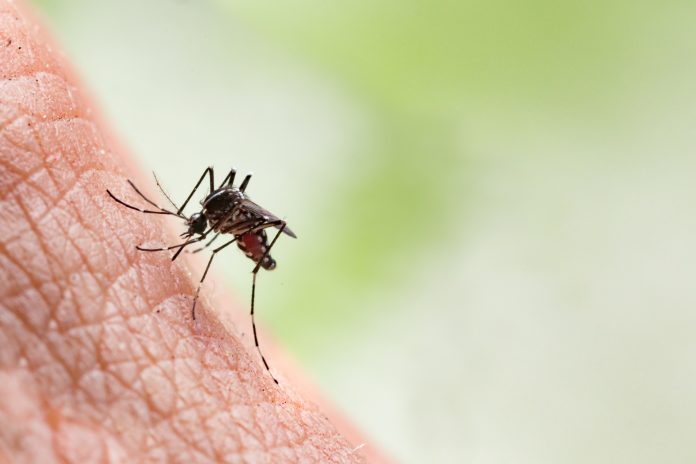Open Access Government discusses the prevalence of neglected tropical diseases, including barriers to awareness and the need to scale up effective interventions
Neglected Tropical Diseases (NTDs) are often overlooked conditions that cause significant morbidity and mortality burdens, especially in the most impoverished regions of the world. Despite their substantial impact on global health, NTDs remain relegated to the periphery of international public health priorities. As such, promoting awareness of these diseases is not just an academic exercise but a moral imperative that holds the promise of transforming lives and communities. Addressing the invisibility of NTDs requires a multi-faceted approach that bridges the gap between knowledge and action.
What are neglected tropical diseases?
According to the CDC, ‘neglected tropical diseases are a group of preventable and treatable parasitic, viral, bacterial, fungal, and non-communicable diseases that affect more than one billion people globally’. (1) These diseases tend to prevail in tropical and subtropical conditions, primarily affecting disadvantaged and marginalized communities. Recognized by the World Health Organization, the list of NTDs includes 20 conditions such as Chagas disease, leishmaniasis, lymphatic filariasis, and schistosomiasis. Higher-profile health crises often overshadow these diseases but have a significant global impact, contributing to chronic disability, economic burden, and social stigmatization.
Several neglected tropical diseases can be controlled or eliminated through simple community-level interventions such as mass drug administration (MDA) or basic water filtration. Currently, 50 countries have successfully eliminated at least one NTD, but further efforts are required to expand and enhance proven interventions and improve surveillance for making data-driven decisions. (1)
The public health challenge posed by NTDs is exacerbated by their propensity to thrive in areas where access to healthcare and sanitation is limited. This perpetuates a cycle of poverty and disease, necessitating targeted community outreach and resource allocation to address the root causes and effects. Effective interventions not only require adequate funding but also a focus on sustainable solutions that can be integrated into existing health systems and community practices.
To make strides against NTDs, a multi-faceted approach that includes raising awareness, education, and the development of comprehensive healthcare strategies is crucial. Investing in education and prevention can empower communities to take proactive steps toward mitigating the impact of these debilitating diseases, paving the way for a future where NTDs are no longer neglected.
Climate change’s impact on infectious diseases
Climate change acts as a catalyst for the spread of infectious diseases by altering the habitats of vectors such as mosquitoes and ticks. As global temperatures rise, vector expansion allows diseases to emerge in previously unaffected regions, posing new challenges for disease transmission and public health. These changes in climate affect not only human populations but also the behaviour and distribution of animal reservoirs, which are critical in the lifecycle of many pathogens.
Understanding the relationship between climate change and infectious diseases is vital for developing strategies to mitigate health disparities and protect public health. As the climate continues to change, proactive measures must be taken to adapt and prepare for the evolving landscape of global health challenges.
Leptospirosis, for example, is a bacterial disease transmitted through contact with contaminated water or soil and poses serious health risks. Global warming and changes in rainfall patterns may lead to an increased disease burden. More frequent extreme weather events and floods could pose the highest risk for more leptospirosis infections in the future. (2)
Prevention strategies for leptospirosis are crucial, especially for those at higher occupational risk, like farmers, sewer workers, and veterinarians. Measures include avoiding potentially contaminated environments, using protective clothing, and implementing good sanitation practices. Public health education and awareness can reduce the impact of leptospirosis by encouraging at-risk populations to seek early treatment when symptoms appear and by promoting preventive behaviours to limit transmission.
Recent advances in vaccine technology help to prevent infectious diseases
Recent advances in vaccine technology, such as the development of mRNA vaccines and sophisticated delivery systems, are revolutionizing the prevention of infectious diseases by enabling rapid and targeted responses to emerging health threats. These innovations have the potential to significantly impact the fight against NTDs by improving vaccine effectiveness, accessibility, and protection.
mRNA vaccines, for example, are a powerful tool in combating infectious diseases, with proven effectiveness, as seen in the COVID-19 pandemic. Similarly, microneedle patches offer a promising solution for increasing vaccine accessibility, especially in resource-limited settings, by simplifying the delivery method and reducing the need for skilled personnel.
Advancements in vaccine delivery systems ensure that vaccines reach the most vulnerable populations, furthering global health equity and the fight against infectious diseases.








